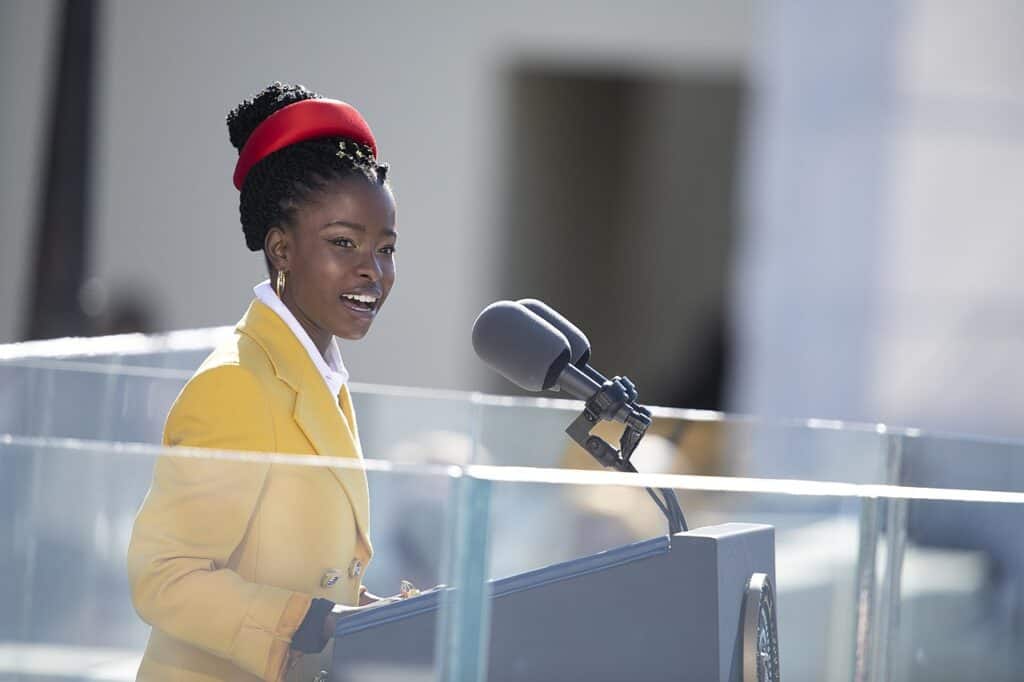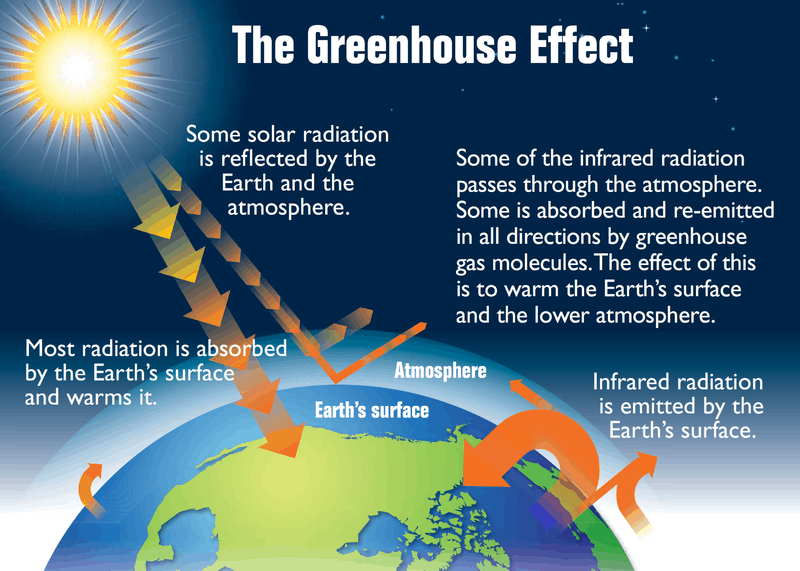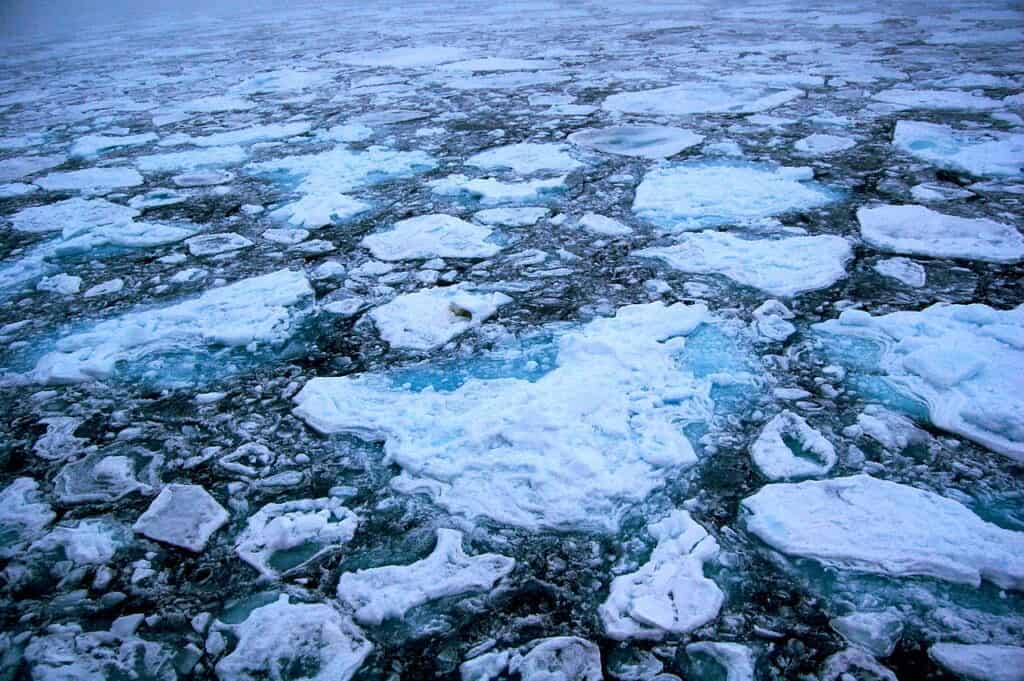“It’s getting the facts straight that gets us to act and not to wait. So, I tell you this not to scare you,
But to prepare you, to dare you
To dream a different reality.
– Amanda Gorman, U.S. National Youth Poet Laureate, from “Earthrise: A Poem About Climate Change”

If you read no further, here’s what you need to know about the climate crisis: the climate is getting warmer, less predictable, and much more dangerous. We know it’s happening, and we know why: carbon dioxide and methane gas pollution from fossil fuels. We know that human activity is the cause, that the basic science is proven, and that it’s not a matter of opinion. Climate change is destroying the quality of the future we pass on to generations to come. We are robbing our children and grandchildren of their hopes and dreams – and their mental health. The good news, however, is that we know what the solutions are and already possess the necessary tools to make these solutions a reality. Action that seemed impossible just a year ago is not only happening but quickly accelerating. In fact, I’ve never felt more optimistic about the possibility of fundamental change.
But how many of us really know the basic climate facts? What is the reality of what we’re up against? This week and next, I’d like to provide a “Climate Change 101”. First, we’ll look at the latest science and the key things to know. Next week, we’ll turn to the solutions. Yes, some of this is grim, but as Amanda Gorman says, “It’s getting the facts straight that gets us to act and not to wait.”
THE BASIC SCIENCE
- Climate change is a broad term to describe the fact that rise in global temperatures is causing our climate – the average weather patterns for a particular region over a long period of time – to change.
- Carbon dioxide (and other greenhouse gases like methane) trap heat in the Earth’s atmosphere. This is known as the “greenhouse effect”. It is causing our planet to warm faster than ever before in Earth’s history.
- Warmer air can hold more water vapour – itself a greenhouse gas – causing more warming. This disrupts the water cycle leading to more evaporation, more precipitation, and more extremes in general.
- Before 1850 and the Industrial Revolution, the level of carbon dioxide in the atmosphere was 280 parts per million (ppm). We are now at 415 ppm. That is why we’re seeing the temperature increase. The highest “safe level” is about 350 ppm.

HOW WE KNOW
- Well over 97 percent of scientists agree that climate change is happening and caused almost entirely by human activity. The fundamentals of climate science have been understood for decades – some, since 1820. Don’t let anyone tell you differently. The level of certainty among climate scientists is about the same as the certainty of medical researchers that smoking causes cancer.
- Computer-generated climate models predict a dire worsening of the problem. Observed warming has been consistent with these climate model predictions, as have sea level rise, ocean warming, wildfires and more.
- None of the climate change denial myths circulating out there are true. The top ten falsehoods are: 1. The climate has changed before (yes, but never anywhere near this fast). 2. The sun is to blame. 3. There is no scientific consensus. 4. The earth is actually cooling. 5. Models can’t be trusted. 6. The temperature record is unreliable. 7. Animals and plants can adapt. 8. It hasn’t warmed since 1988. 9. Antarctica is gaining ice. 10. The Intergovernmental Panel on Climate Change (IPCC) is alarmist.
SOURCES OF GHG EMISSIONS
- The world still relies on carbon-based fuels for 85% of its energy. We currently produce about 35 billion tons of carbon dioxide every year. About half of that is absorbed by the oceans, soils, and vegetation. However, these natural “carbon sinks” can’t keep up with our rising emissions. What can’t be absorbed remains in the atmosphere.
- Human activity is the reason the planet is warming. We are burning fossil fuels, releasing huge amounts of carbon pollution where it stays for centuries, and trapping more and more heat.
- About half the GHGs in the atmosphere have been emitted in the last 30 years.
- On a per person basis, the world’s largest emitters are Canadians and Americans.
- The biggest emitters are China, the United States, the European Union, India, and Russia. However, countries like Canada that emit less than 2% of global emissions represent the largest source of emissions when all of these small-emitting countries are considered as a whole. This is why ALL countries must do their part.
- About 75% of emissions come from the energy sector, which includes mainly transportation of all kinds, generation of heat and electricity, buildings, manufacturing, and construction. The other top sector is agriculture and land-use (20%), including livestock, crop cultivation, and deforestation.
- As one example of manufacturing, making and incinerating plastics in 2019 released as much greenhouse gas as 189 coal power plants.
IMPACTS AND PREDICTIONS
- The planet hasn’t been this warm in all of human evolution. Severe weather events are happening at a frequency we’ve never experienced throughout human history.
- We are seeing hotter temperatures, stronger storms, droughts, floods, more powerful and longer-lasting hurricanes, rising seas, acidification of the oceans, dying coral reefs, imperiled ecosystems, species extinction, melting ice and glaciers in the Arctic and Antarctic, worsening pollen seasons, spreading vector-borne diseases (e.g., from ticks and mosquitoes), and so much more. It is threatening the health of our families. As air pollution worsens, so does respiratory health—particularly for the 300 million people living with asthma worldwide. The toll of pollution on human health and world economies is huge.
- Even if all nations party to the 2015 Paris Agreement follow through with their commitments, warming would still be close to 3°C by 2100, which is double the critical threshold of 1.5°C.
- Climate change will make other ecological crises even worse. Some of these include the huge losses we’re seeing in wild mammals; birds; large, predatory fishes; amphibians; insect populations; live coral cover; ocean health in general; terrestrial vegetation; and terrestrial ecosystems.
- The ten warmest years globally have all occurred since 2005. The warmest were 2016 and 2020. Fluctuations from year to year occur due to natural variability, variations in the extent of GHG emissions, and events like volcanic eruptions.
- The earth has already warmed by 1.2°C. Although this doesn’t intuitively sound like a number to be concerned about, remember that it refers to the Earth’s average temperature. Many areas of the globe are already much warmer than this. Spikes and heatwaves will continue to go much, much higher. It is these extremes that are so dangerous.
- Canada is warming at twice the global average, and the Arctic is warming three times faster because of the loss of sea ice.
- Even though the climate is warming, there will still be episodes of record cold from time to time. These events do not mean that Earth’s climate is not heating up.
LOCAL IMPACTS
- In Peterborough over the last ten years, warmer-than-average months have outpaced cooler-than-average months by a ratio of two-to-one. In 2020, 5 months were 3°C or more warmer than the 1971-2000 average.
- We are seeing a huge increase in days above 30°C. In the 1990s, the average was 10 days. In 2018, we had 28 such days and in 2020 the number climbed to 35.
- By 2030, each of the four seasons will be about 2°C warmer than average. By 2060, in a business-as-usual scenario, this will have climbed to 5°C warmer. The greatest warming is expected to occur in the winter.
THE BIGGEST FEAR
- Scientists have identified 15 natural systems (e.g., summer Arctic sea ice) that must be kept intact to ensure a stable climate. If too many of them are degraded and reach irreversible tipping points, the result will be unstoppable climate chaos. The Amazon rainforest, for example, could tip over and become a grassland. Nine of these fifteen systems are showing signs of losing resilience much faster than originally predicted and approaching tipping points. Three appear to have already passed a tipping point that can’t be reversed. The most crucial of these is the loss of summer sea ice in the Arctic (affecting weather systems in the northern hemisphere and contributing to droughts, heat waves, and wildfires). The other two are the melting of glaciers in the west Antarctic (locking in another 1 to 2 metres of sea level rise), and the death of tropical coral reefs (causing loss of myriad species and crucial spawning sites for fish). We should think of the quickening degradation of these 15 natural systems as the last warning from science to humanity of how serious things are.

THE REQUIRED RESPONSE
- According to the IPCC, in order to avoid the worst impacts of climate change and more tipping points exceeded, warming must be limited to less than 2°C and preferably no more than 1.5°C. Scientists believe that this is still possible. However, it will mean reducing greenhouse gas emissions (which are still rising) by 45% by 2030 and bringing them to zero by 2050. But that alone won’t be enough. We will also have to stop destroying terrestrial and aquatic ecosystems that absorb carbon and embark upon a huge ecosystem restoration effort.
Despite the fact that the window to act is almost closed, there are numerous signs that unprecedented climate action is finally happening – thanks, in no small part, to President Biden making climate one of his top four priorities. More about the solutions and reasons for hope next week.

Biden is making climate change one of four priorities for his new administration.